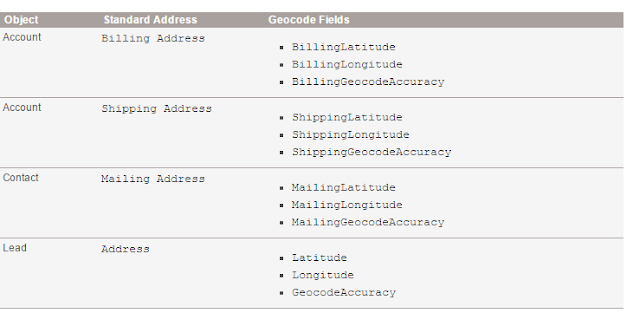How to be an expert
and get your dream job in salesforce in less than 5 months
Salesforce is a hot product and has changed a lot in last
few years. Back in 2010, when I started working on this platform, very few
people in India were aware about it. But now, almost every IT company knows
about Salesforce and want to have some good resources on the same technology.
Also, since new customers are joining Salesforce every single day, that means
demands for Salesforce Admin, Developer & consultant are increasing.
It is not very difficult to become an expert in salesforce,
but it requires some patience and dedication. In this blog, I am going to share
few steps to become a salesforce expert, which I have learnt from my experience
of 7 years in salesforce. If you follow these steps, you will get a good paying
job in salesforce technology.
1) Register a DEV ORG for your practice
Anyone interested in learning salesforce
must have a DEV account in order to play around the platform. This is life-time
free of cost salesforce instance that allows you to learn and practice things.
With this org, you can do following things:
a)
Build new features and functionalities (like
Custom app, fields, validation rules, security settings)
b)
Create and execute APEX Code & visualforce
pages (If you are developer)
c)
Access the salesforce community (http://developer.force.com/) to get hands on never-ending supply of
salesforce documentations, produced by salesforce & the community.
You can also register for various salesforce training sessions using this
credentials in this community.
d)
Create packages for your code for appexhange.
e)
Installing packages created by other companies
from appexchange.
f)
And much more…
2) Learn, Practice, Learn, Practice….
Once your dev account is created, its time
to get started on practicing your learnings on this account. There are various
resources that can help to get started on learning salesforce, few of them are:
a)
Salesforce
Fundamental PDF – This
pdf is very good starting point to learn salesforce. This pdf will help you
create a Recruiting app with the help of examples and easy walkthroughs. Make sure you implement all the exercises
that you learn in this pdf.
b) Salesforce Trailhead – trailhead.salesforce.com is an interactive learning tool
developed & maintained by Salesforce. Its very similar to Code Academy in
that it has modules you’ll work through using your admin org. Along
the way, you’ll learn the basics of Salesforce while earning points and badges.
It’s phenomenal (and totally free).
c) Salesforce YouTube Channel— This is
also a very great resource of learning salesforce from various videos uploaded
by Salesforce.
3) Join a meetup group and start networking – There
are over 200 user groups around the world that allows you to meet, learn and
make some networking with other local salesforce talent. Try to meet other
people and learn from their experiences. Bigger network you have, easier it
would be to get a job.
4) Be Active on social networking Sites – Salesforce
groups are there in almost every networking website like Linkedin or Facebook.
Be a member of them to keep updated on what is happening, what new is coming.
Also become friends with various salesforce talent around the globe. Follow
people and blogs that are interesting to you. I have learned a lot from
following blogs from various salesforce experts like Bob Buzzard and Ankit
Arora.
5) Volunteer – Once you get hold of
salesforce customizations(for developers) and configurations, I would advise
you to be part of salesforce developer forums and start contributing in them. Some
of the good salesforce communities are:
a) Salesforce Developer forums : https://developer.salesforce.com/forums/
b) Stackexchange : http://salesforce.stackexchange.com/
Be part of these forums. See what
are the issues other people are getting. Try to help them with replying the
solutions to them. That way, you will learn real-time issues that any book can
not teach you.
I hope this help you guys to get
started on salesforce. Happy learning. I am looking forward to meet you guys in
salesforce communities. Any questions you have, feel free to reach me at rohit@applikontech.com and I will try
my best to answer those questions as soon as possible.








